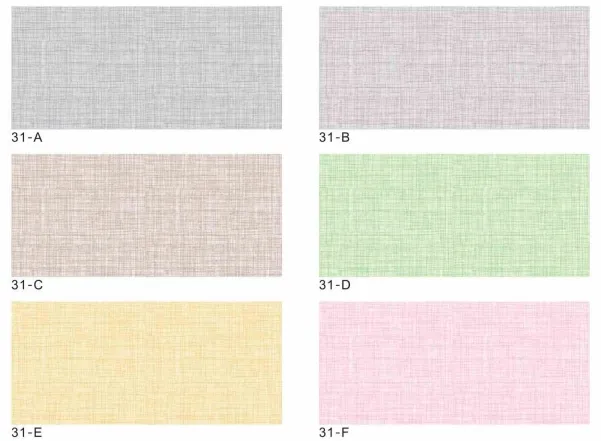Choosing Between Linoleum and Vinyl Flooring for Your Home Renovation
Lino vs. Vinyl Flooring A Comprehensive Comparison
When it comes to choosing flooring options for your home or office, two popular choices are linoleum (often referred to as lino) and vinyl flooring. Both materials have their own unique characteristics, advantages, and disadvantages. Understanding these differences can help you make an informed decision that suits your aesthetic preferences, budget, and functional needs.
What is Linoleum?
Linoleum is made from natural materials, including linseed oil, wood flour, cork dust, resins, and pigments. This gives linoleum its eco-friendly credentials, as it is biodegradable and produced from renewable resources. It is available in a variety of colors and patterns, allowing homeowners to find a look that matches their interior design.
One of the standout features of linoleum flooring is its durability. With proper care, linoleum can last for decades. It is also naturally antimicrobial, making it resistant to mold and bacteria growth, which is particularly beneficial in kitchens and bathrooms. Additionally, linoleum is comfortable underfoot and provides good insulation, which can help maintain a consistent room temperature.
However, linoleum flooring can be more susceptible to moisture damage compared to vinyl. If water seeps into seams or areas that are not properly sealed, it may lead to warping or discoloration. Therefore, it's essential to maintain regular upkeep and consider the installation area carefully.
What is Vinyl Flooring?
lino or vinyl flooring

Vinyl flooring, on the other hand, is primarily made from polyvinyl chloride (PVC) and other synthetic materials. This composition gives vinyl flooring a reputation for being versatile, resilient, and relatively inexpensive. The manufacturing process allows for a wide range of styles, colors, and patterns, often replicating the look of natural materials like wood or stone.
One of the major advantages of vinyl flooring is its water resistance, making it an excellent choice for high-moisture areas such as kitchens, bathrooms, and basements. Additionally, vinyl is easier to clean and maintain compared to linoleum, as spills can be wiped away without worrying about damage. Furthermore, its cushioned backing provides comfort and reduces noise, which can be a significant feature in busy households.
On the downside, vinyl flooring can be less eco-friendly due to its petroleum-based materials. While it is durable and can last many years, it may not be as long-lasting as linoleum. Depending on the quality of the vinyl product, it may show signs of wear and tear more quickly, particularly in high-traffic areas.
Conclusion
Ultimately, the choice between linoleum and vinyl flooring depends on various factors, including your lifestyle, budget, and the specific requirements of your space. If you prefer a sustainable flooring option and are willing to invest some time in maintenance, linoleum could be the right choice for you. It provides a warm, classic aesthetic and has impressive durability and antimicrobial properties.
On the other hand, if you are looking for an affordable, low-maintenance flooring solution that can withstand moisture and heavy use, vinyl flooring may be a better fit. Its versatility and ease of installation make it an appealing option for many homeowners and renters alike.
In summary, both linoleum and vinyl flooring offer unique benefits and drawbacks. By considering your specific needs and preferences, you can select the flooring option that best enhances your living or working environment. Whichever you choose, both materials can provide a beautiful and functional foundation for your home.
-
The Evolution of Luxury Flooring Guangzhou Enlio's JourneyAug.05,2025
-
Innovative Commercial Flooring Solutions from Guangzhou Enlio SportsAug.05,2025
-
Premium Interior Solutions with Quality Skirting OptionsAug.05,2025
-
Masking Tape The Essential Tool for Professional ApplicationsAug.05,2025
-
SPC Vinyl FlooringJul.18,2025
-
Home SPC FlooringJul.18,2025




